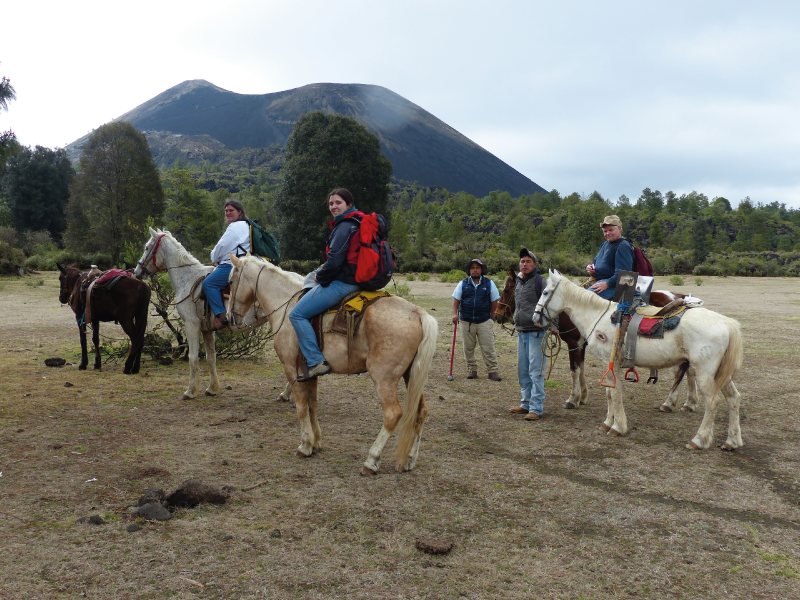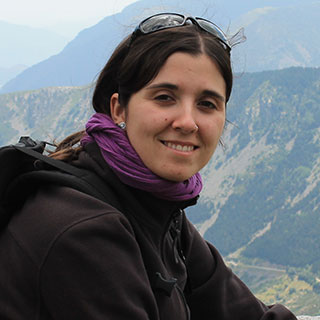Paricutin volcano is the youngest and one of the best studied monogenetic volcanoes from the Michoacán-Guanajuato volcanic field, with an excellent historical record of the nine years of eruptive activity from February 1943 to March 1952. The easy accessibility to the volcanic eruption offered a unique opportunity to observe the birth of a new volcano and document its entire eruption. Geologists from different institutions, surveyed all the eruptive phases in progress, providing maps depicting the volcano’s sequential growth. In this work, we present a new methodological approach, which utilizes the state of the art GIS mapping tools to outline and identify the different 23 eruptive stages in Paricutin. Thanks to these detailed lava flow distribution maps, volumes of erupted products were estimated with the aid of pre- and post-eruption digital elevation models. In addition, compositional data allowed us to estimate magma eruption rates and to determine the petrogenesis of the eruptive p during the course of the eruption. Together, these studies provide the first comprehensive documentation of the combined chemical-temporal-volumetric evolution of the Paricutin volcanic system.
Dr. Patricia Larrea received her B.Sc. in Geology from University of Zaragoza (Spain) in 2009. After spending one year of study abroad in Cardiff University (UK) she went back to University of Zaragoza where she completed her M.Sc. and Ph.D in Petrology in 2010 and 2014, respectively. Following completion of the Ph.D. she moved to the USA to join the Department of Geology & Environmental Earth Science in Miami University as a Post-doctoral Research Fellow. Since 2016 she is an Assistant Professor in the School of Geological Sciences and Engineering at Yachay Tech. Dr. Larrea’s research aims to improve our understanding of the petrogenetic processes and timescales involved in the generation and evolution of different magmatic systems. Current research projects include investigations in magmatic systems in ocean island settings, arc settings, and continental settings from Ecuaor, Portugal, Mexico and Spain. Her ongoing projects combine field geology with detailed petrologic studies, major and trace element geochemical analysis of minerals and bulk rocks, isotope geochemistry and geochronology.

